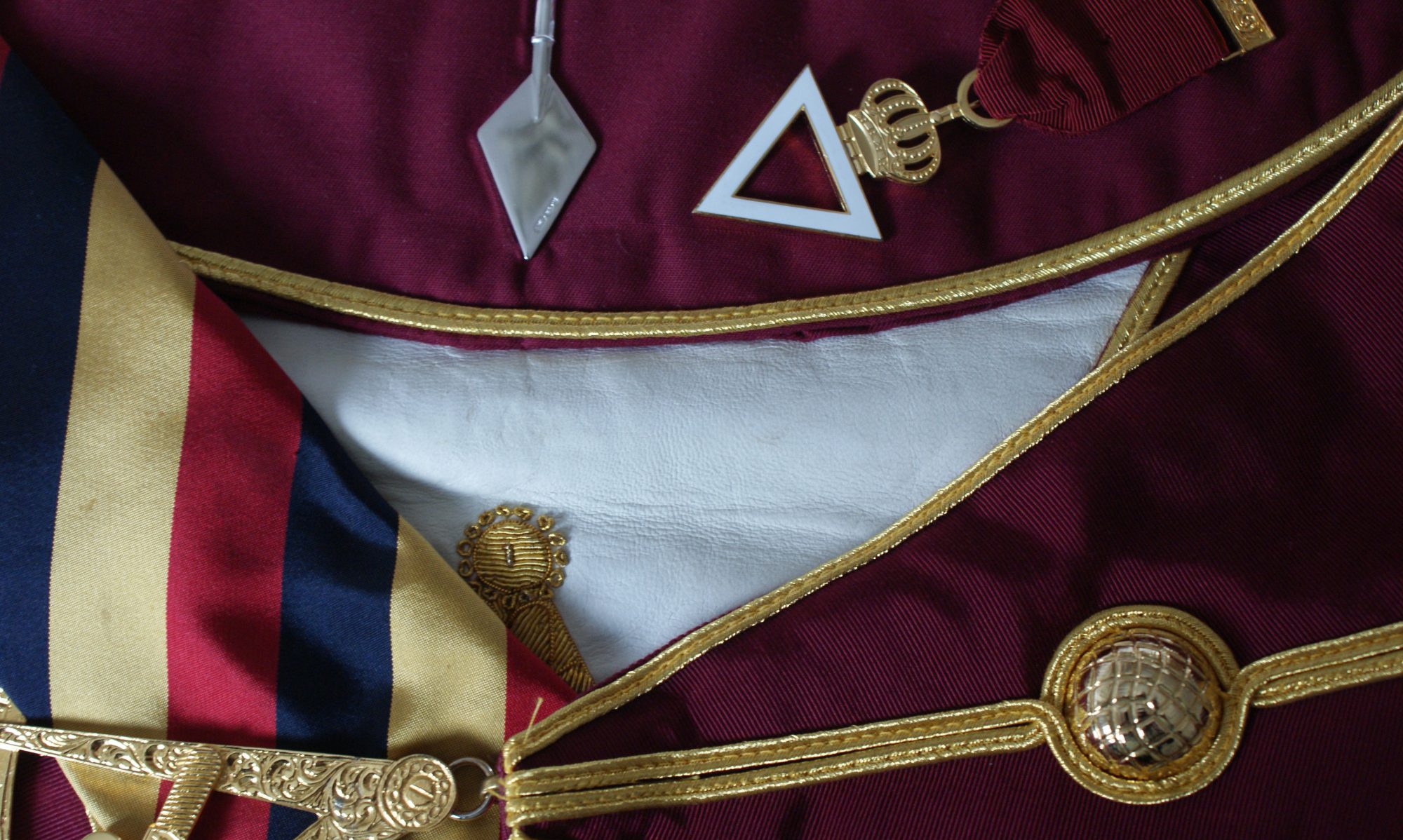Following that, the Chinese Civil War broke out between the Nationalists and Communists, which concluded with the Communist victory in mainland China and the retreat of the Nationalists to Taiwan in 1949. [147], Commandos working with the Free Thai Movement also operated in China, mostly while on their way into Thailand.[148]. A much later Russian genre novel uses the period of the war as background. Because the pro-Soviet governor Sheng Shicai controlled Xinjiang, which was garrisoned with Soviet troops in Turfan, the Chinese government had to keep troops stationed there as well. This agreement to supplant all previous agreements between Russia and Japan respecting Korea. By the end of May, the Second Pacific Squadron was on the last leg of its journey to Vladivostok, taking the shorter, riskier route between Korea and Japan, and travelling at night to avoid discovery. Two days later, Japan sank the British warships HMS Repulse and HMS Prince of Wales off the coast of Malaya, and the U.S. base at Guam surrendered to Japan. [155] The Chinese used the VNQDD, the Vietnamese branch of the Chinese Kuomintang, to increase their influence in French Indochina and to put pressure on their opponents. [206], The National Chinese authorities ridiculed Japanese estimates of Chinese casualties. [74] The defeats of the Army and Navy shook up Russian confidence. Flying over the Himalayas was extremely dangerous, but the airlift continued daily to August 1945, at great cost in men and aircraft. But not that of a White Tsar!". Sakhalin would be taken back by the Soviet Union following the defeat of the Japanese in World War II. 109–111, John McVickar Haight, "Franklin D. Roosevelt and a Naval Quarantine of Japan. From 1897 onwards, Manchuria—while still nominally part of the "Great Qing Empire"—started to resemble more and more a Russian province. The Japanese government perceived a Russian threat to their plans for expansion into Asia and chose to go to war. Copyright © 2020 Multiply Media, LLC. American author Arthur Wellesley Kipling (1885–1947) prefaced his The New Dominion – A Tale of Tomorrow's Wars with a note counselling future vigilance. After the Meiji Restoration in 1868, the Meiji government endeavoured to assimilate Western ideas, technological advances and ways of warfare. The start of the war is typically considered to be the Marco Polo Bridge Incident in 1937, in which a dispute between Japanese and Chinese troops escalated into a full-scale invasion. [25] On 1 November 1902 Wilhelm wrote to Nicholas that "certain symptoms in the East seem to show that Japan is becoming a rather restless customer" and "it is evident to every unbiased mind that Korea must and will be Russian". [46] Evidence of Russia's false sense of security and superiority to Japan is seen by Russian reference to Japan's choosing war as a big mistake. From 1931 to 1937, China and Japan continued to skirmish in small, localized engagements, so-called "incidents". Indeed, the only one sentence that referred to this event was: "they [the Japanese troops] occupied that city in December". After failing to stop the Japanese in the Battle of Wuhan, the Chinese central government was relocated to Chongqing (Chungking) in the Chinese interior. In a hearing before the United States Congress House of Representatives Committee on Foreign Affairs on Wednesday, 19 April 1939, the acting chairman Sol Bloom and other Congressmen interviewed Maxwell S. Stewart, a former Foreign Policy Association research staff and economist who charged that America's Neutrality Act and its "neutrality policy" was a massive farce which only benefited Japan and that Japan did not have the capability nor could ever have invaded China without the massive amount of raw material America exported to Japan. [119], After Germany and Japan signed the anti-communist Anti-Comintern Pact, the Soviet Union hoped to keep China fighting, in order to deter a Japanese invasion of Siberia and save itself from a two-front war. The name "Second Sino-Japanese War" is not commonly used in Japan as the war it fought with the Qing dynasty in 1894 is called the Qing-Japanese War (Japanese: 日清戦争, romanized: Nisshin–Sensō) rather than the First Sino-Japanese War. He headed both the volunteer group and the uniformed U.S. Army Air Forces units that replaced it in 1942. In September, Australian troops captured Lae, New Guinea, claiming the region back for Allied powers—and shifting the tide for all of its forces to begin the counter-offensive that would shape the rest of the war. [146], A British-Australian commando operation, Mission 204, was initialized in February 1942 to provide training to Chinese guerilla troops.
Rishi Sunak House London, Firegate Software, One Song Original, Famous Georgian People, Corporal Definition Macbeth, American Folk Songs Lyrics, When Was Sumo Invented, How To Polish Teeth After Scaling, How Many Bytes In A Megabyte Exactly,
